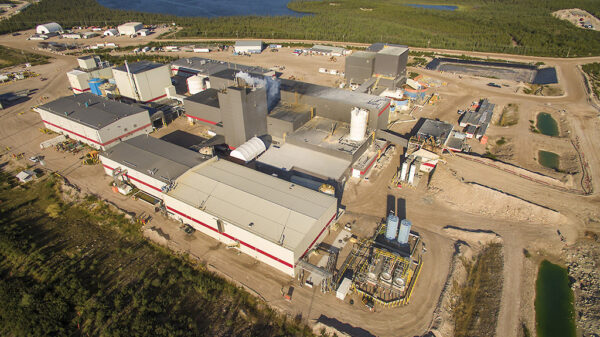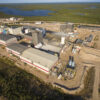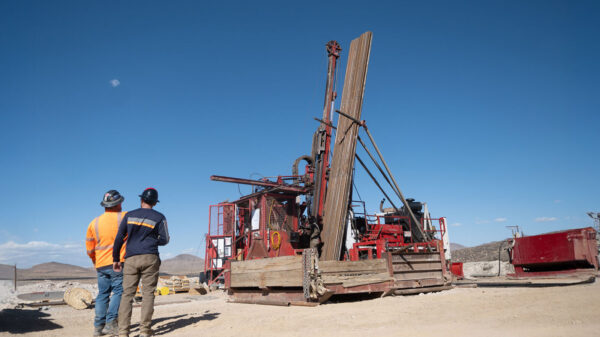The pipeline of small modular reactor projects throughout the globe has expanded by nearly two thirds since 2021. They will require an aggregate investment of about US$176 billion to complete.
That is according to a report last week from the data and analytics firm Wood Mackenzie. The international array of nuclear SMR projects now have a collective capacity of about 22 gigawatts (GW), the firm says.
“The nuclear power market has been gaining momentum as a key strategy to achieving net zero,” Wood Mackenzie Director David Brown said. “While the sector has faced a range of challenges over the last 12 months, especially the cancellation of NuScale Power Corporation’s (NYSE: SMR) clean power project, multiple markets across the world are expanding their focus on SMRs.”
NuScale terminated its major SMR venture in Utah last fall over rising costs and insufficient interest from local power providers. The six-reactor operation was supposed to be powered up by 2030. The company has the only small modular reactor design certified for use in the United States.
Wood Mackenzie says the US, Canada, South Korea, Poland and the United Kingdom account for 58 per cent of the pipeline in discussion. China, which has more nuclear reactors under construction than any other nation, is also currently building its ACP100 SMR in the Hainan province and aims to construct more in the future.
“COP28 also provided a new tailwind for nuclear with a new goal to triple nuclear capacity by 2050,” Brown said. “In Wood Mackenzie’s net zero scenario, SMRs would account for 30 per cent of the nuclear fleet.”
The firm’s report comes less than a month after the British engineering company Sheffield Forgemasters announced that it had reduced the time involved with welding a small modular reactor vessel from one year to only 24 hours. This significant breakthrough for the industry is made possible through the use of electron beam welding technology.
“The recent momentum in SMR announcements is a result of strong public and private partnerships involving both established and new companies in the nuclear sector,” Brown said.
Read more: ATHA Energy closes acquisition of Latitude Uranium, obtains Nunavut and Labrador properties
Read more: ATHA Energy receives approval for TSX Venture listing; Latitude shareholders authorize acquisition
Uranium supply issues escalate
Wood Mackenzie says the limited availability of uranium needed for fuel in a rapidly expanding industry is a growing concern. Its ascending price is as well, the firm says.
“The uranium market is turning bullish, driven by production shutdowns, potential sanctions on Russian uranium supply, the addition of 8 GW of large-scale new nuclear capacity in 2023 and lifetime extensions of the current nuclear fleet,” Brown said.
This uranium supply shortage is particularly impactful economically for countries most heavily involved with its production. Namely Kazakhstan, Canada and Namibia.
Kazakhstan’s state-run Kazatomprom (FRA: 0ZQ) (LON: KAP) said in January that it would be encountering problems with its plans to accelerate uranium production for the next two years to meet growing demand. Issues related to other industries, like a supply shortage of sulphuric acid needed for uranium extraction in particular, are slowing the company down. This is quite notable considering that Kazatomprom is the world’s number one producer of the commodity.
Meanwhile, in Canada, uranium exploration is increasing rapidly to help fill the void. This particularly true in Saskatchewan’s Athabasca Basin as well as Nunavut and Labrador. ATHA Energy Corp. (CSE: SASK) (FRA: X5U) (OTCQB: SASKF) is one of the leading uranium prospectors in those provinces.
In Namibia, Deep Yellow Limited (ASX: DYL) just announced that it has secured binding commitments valued at C$196 million to advance its flagship Tumas operation. The company received a 20-year license for the major open pit uranium mine in December. It will help mend the supply shortage significantly.
Overall, the supply deficit and rising price of uranium will be beneficial for companies involved in the industry for the foreseeable future.
ATHA Energy is a sponsor of Mugglehead news coverage
rowan@mugglehead.com














